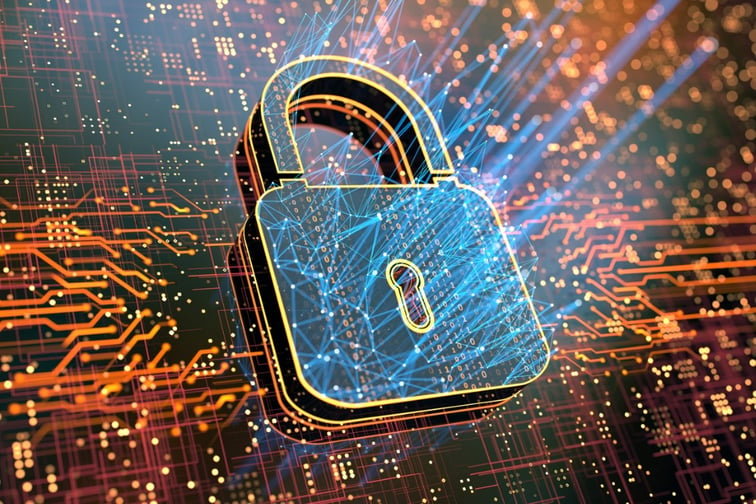

Global cybersecurity spending in industrial critical infrastructure sectors such as energy, transport, and water and waste management is projected to hit US$23 billion by the end of the year, according to a report by ABI Research. Spending is expected to grow at a compound annual growth rate of 10% to reach US$36.67 billion by 2027.
“Businesses, industries, and in fact the entire world, have never been more connected than they are right now,” said Michela Mentinf, digital security research director at ABI Research. “They have also never been more at risk. Organizations and verticals continue to integrate technologies like the Internet of Things (IoT), 5G, and blockchain, meaning more points of connection – and points of vulnerability – than ever before. As a result, ensuring ‘security’ is not just a hardware issue or a software issue – it is a web of challenges and solutions spanning entire technology ecosystems.”
Some trends discussed in the report include:
Citizen digital identity: Thanks to digital transformation and governments’ growing appetites to extend digital platform offering, there has been a significant uptake of mobile identities. These identities, as a companion to physical documentation, enhance citizen use cases and allow for identification using no superfluous citizen data, ABI Research said.
The emergence of next-generation cryptography: The concern with quantum-safe technologies is becoming a high priority with the advent of attack-capable quantum computers on the horizon, ABI Research said. The upcoming release of draft quantum-resistant cryptographic algorithms by the US National Institute of Standards and Technology has spurred technology vendors to prepare to integrate and deploy them in their product lines.
Read next: New cyber incident response firm launches
Central banks embracing digital currency: The digitalization of a country’s fiat currency involves that country’s central bank issuing electronic tokens rather than minting coins or printing paper bills. Recent years have seen the concept of central bank digital currencies explored by many global economies, the report said.
Industrial cybersecurity: Industrial operators are increasingly incorporating disruptive technologies, spurring greater appreciation of cybersecurity requirements.
Optimizing data security in telematics: Secure data management for automotive telematics is becoming increasingly important for vehicle manufacturers, tier one suppliers, telecommunications companies and insurers, the report said.
Telecommunications security: The drive toward embedded cellular connectivity continues, spanning a wide variety of devices including smartphones, laptops, tablets and wearables.
Impacts of a remote workforce: The work-from-home movement affects both workers and assets, and secure connectivity and identity management have become key priorities, the report found. The impact of remote work is driving a demand for hardware security.
